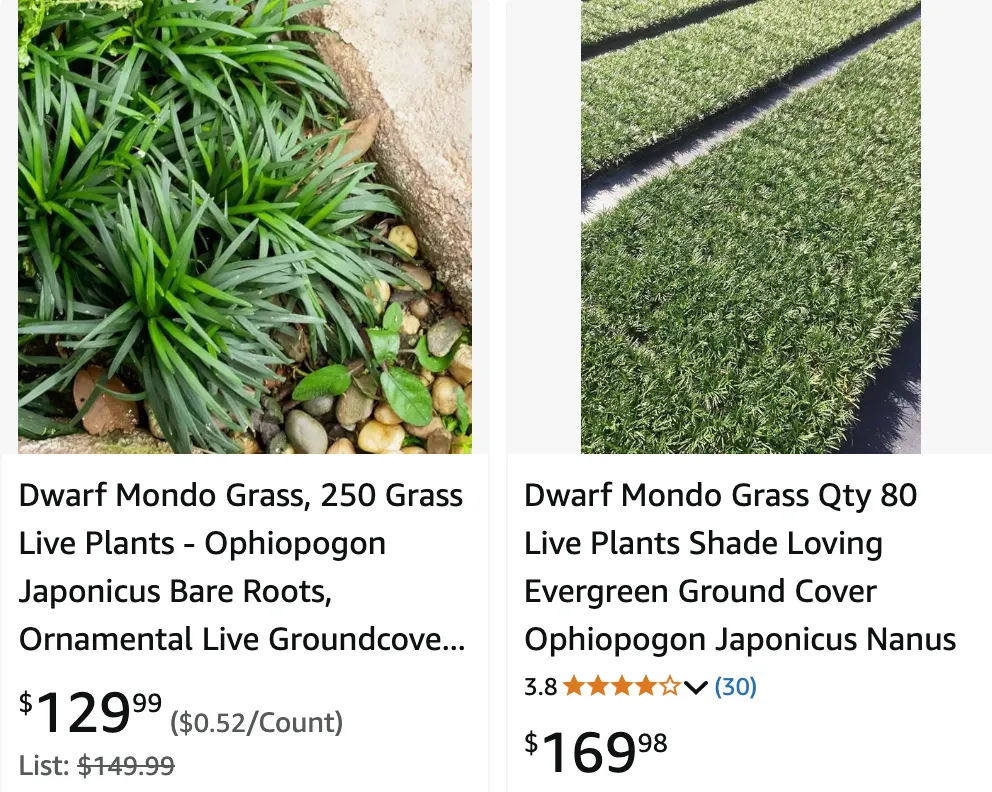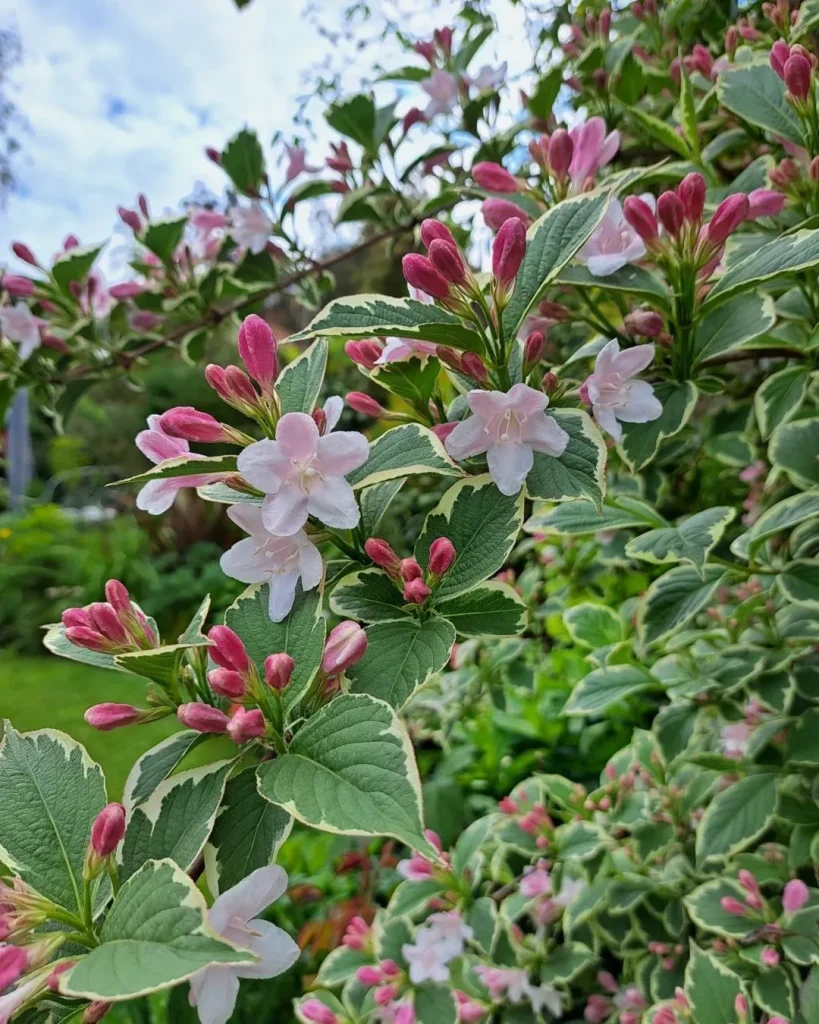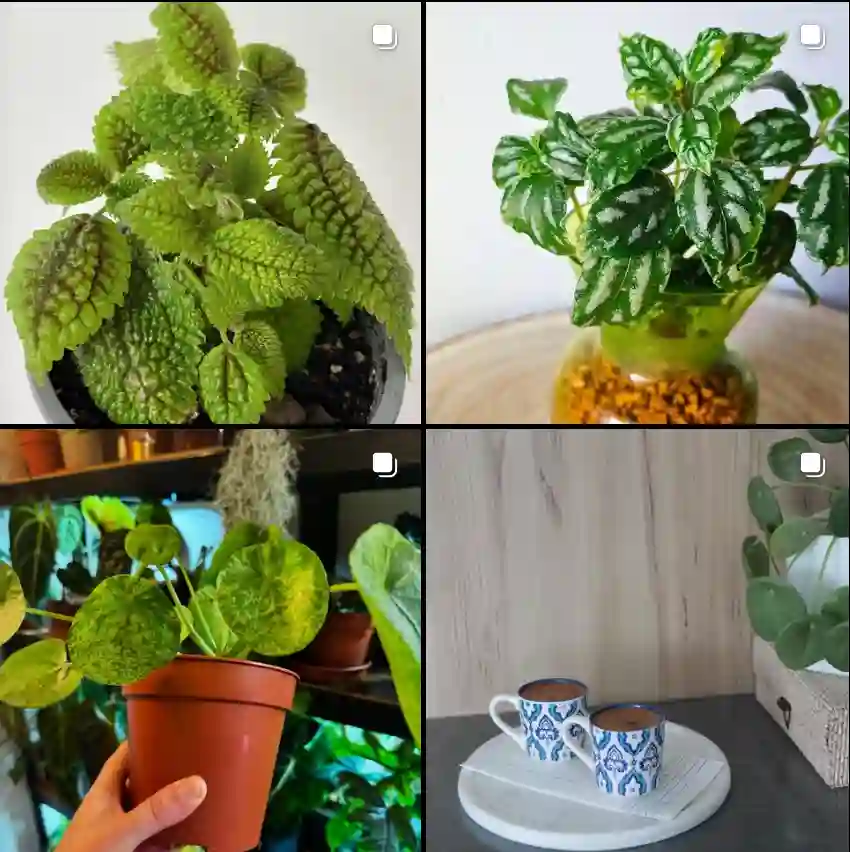
May 19 – Ophiopogon
"Ophiopogon, the lilyturf, defines May 19."
Ophiopogon symbolizes humility and adaptability. You have a quiet strength that allows you to flourish in diverse situations. Like its graceful blades and delicate flowers, your presence is subtle yet undeniably impactful, bringing harmony and balance wherever you go.
Ophiopogon: A Gardener’s Appreciation
My name is Ferb Vu, and like many of you, I find a deep sense of peace and wonder in the natural world. Today, I want to share my appreciation for a particular genus of plants that has captured my attention: Ophiopogon. These evergreen perennials belong to the Asparagaceae family, often called Mondo grass or snake’s beard, bring a unique texture and understated beauty to gardens and landscapes.
A Diverse Genus
While Ophiopogon might not be the flashiest bloom in the garden, its subtle elegance and hardiness have earned it a place in my heart. Native to warm temperate and tropical regions of East, Southeast, and South Asia, this genus boasts a surprising diversity.
- Ophiopogon acerobracteatus R.H.Miao ex W.B.Liao, J.H.Jin & W.Q.Liu
- Ophiopogon alatus Aver. & N.Tanaka
- Ophiopogon albimarginatus D.Fang
- Ophiopogon amblyphyllus F.T.Wang & L.K.Dai
- Ophiopogon angustifoliatus (F.T.Wang & Tang) S.C.Chen
- Ophiopogon bockianus Diels
- Ophiopogon bodinieri H.Lév.
- Ophiopogon brevicaulis N.Tanaka, Aver. & K.S.Nguyen
- Ophiopogon brevipes Craib
- Ophiopogon caulescens (Blume) Backer
- Ophiopogon chingii F.T.Wang & Tang
- Ophiopogon clarkei Hook.f.
- Ophiopogon clavatus C.H.Wright ex Oliv.
- Ophiopogon confertifolius N.Tanaka
- Ophiopogon cordylinoides Prain
- Ophiopogon corifolius F.T.Wang & L.K.Dai
- Ophiopogon dolichocaulis K.S.Nguyen, N.Tanaka & Aver.
- Ophiopogon dracaenoides (Baker) Hook.f.
- Ophiopogon elatior Q.W.Lin, Zhi Y.Yu, Bing Liu & C.T.Le
- Ophiopogon erectus Aver. & N.Tanaka
- Ophiopogon filipes D.Fang
- Ophiopogon fooningensis F.T.Wang & L.K.Dai
- Ophiopogon fruticulosus Aver., N.Tanaka & K.S.Nguyen
- Ophiopogon grandis W.W.Sm.
- Ophiopogon griffithii (Baker) Hook.f.
- Ophiopogon hayatae (N.Tanaka) N.Tanaka, Aver. & T.Koyama
- Ophiopogon heterandrus F.T.Wang & L.K.Dai
- Ophiopogon hongjiangensis Y.Y.Qian
- Ophiopogon humilis L.Rodr.
- Ophiopogon intermedius D.Don – Plant FAQs: Aztec Grass – Ophiopogon Intermedius
- Ophiopogon jaburan (Siebold) G.Lodd.
- Ophiopogon japonicus (Thunb.) Ker Gawl. – Plant FAQs: Mondo Grass – Ophiopogon Japonicus
- Ophiopogon jiangchengensis Y.Y.Qian
- Ophiopogon kradungensis M.N.Tamura
- Ophiopogon latifolius L.Rodr.
- Ophiopogon leptophyllus Griff.
- Ophiopogon longifolius Decne.
- Ophiopogon lushuiensis S.C.Chen
- Ophiopogon mairei H.Lév.
- Ophiopogon malcolmsonii Royle ex Hook.f.
- Ophiopogon marmoratus Pierre ex L.Rodr.
- Ophiopogon megalanthus F.T.Wang & L.K.Dai
- Ophiopogon menglianensis H.W.Li
- Ophiopogon micranthus Hook.f.
- Ophiopogon motouensis S.C.Chen
- Ophiopogon multiflorus Y.Wan
- Ophiopogon muongnhensis K.S.Nguyen, N.Tanaka & Aver.
- Ophiopogon ogisui M.N.Tamura & J.M.Xu
- Ophiopogon paniculatus Z.Y.Zhu
- Ophiopogon patulus Aver. & N.Tanaka
- Ophiopogon peliosanthoides F.T.Wang & Tang
- Ophiopogon petraeus Aver. & N.Tanaka
- Ophiopogon pierrei L.Rodr.
- Ophiopogon pingbienensis F.T.Wang & L.K.Dai
- Ophiopogon planiscapus Nakai
- Ophiopogon platyphyllus Merr. & Chun
- Ophiopogon pseudotonkinensis D.Fang
- Ophiopogon regnieri Bois
- Ophiopogon reptans Hook.f.
- Ophiopogon reversus C.C.Huang
- Ophiopogon revolutus F.T.Wang & L.K.Dai
- Ophiopogon robustus Aver., N.Tanaka & K.S.Nguyen
- Ophiopogon rupestris Aver. & N.Tanaka
- Ophiopogon sar-garhwalensis R.D.Gaur & D.S.Rawat
- Ophiopogon sarmentosus F.T.Wang & L.K.Dai
- Ophiopogon sclerophyllus D.X.Nong & H.Z.Lü
- Ophiopogon shuangliuensis S.S.Ying
- Ophiopogon siamensis M.N.Tamura
- Ophiopogon sinensis Y.Wan & C.C.Huang
- Ophiopogon sparsiflorus F.T.Wang & L.K.Dai
- Ophiopogon stenophyllus (Merr.) L.Rodr.
- Ophiopogon subverticillatus Gagnep. ex L.Rodr.
- Ophiopogon sylvicola F.T.Wang & Tang
- Ophiopogon szechuanensis F.T.Wang & Tang
- Ophiopogon tienensis F.T.Wang & Tang
- Ophiopogon tonkinensis L.Rodr.
- Ophiopogon trigonantherus N.Tanaka & Aver.
- Ophiopogon tristylatus Aver., N.Tanaka & Luu
- Ophiopogon tsaii F.T.Wang & Tang
- Ophiopogon umbraticola Hance
- Ophiopogon vietnamensis N.Tanaka
- Ophiopogon xylorrhizus F.T.Wang & L.K.Dai
- Ophiopogon yangshuoensis R.H.Jiang & W.B.Xu
- Ophiopogon yunnanensis S.C.Chen
- Ophiopogon zingiberaceus F.T.Wang & L.K.Dai
Why I Admire Ophiopogon
My admiration for Ophiopogon stems from several factors:
- Resilience: These plants are incredibly tough. They tolerate a wide range of conditions, from full sun to deep shade, and can withstand drought and heat. This hardiness makes them a reliable choice for gardeners of all skill levels.
- Versatility: As I mentioned earlier, Ophiopogon can fulfill various roles in the garden. Its clumping growth habit makes it an excellent ground cover, preventing soil erosion and suppressing weeds. It also works beautifully as a border plant, edging walkways or defining garden beds. And for those with limited space, it thrives in containers, adding a touch of greenery to patios and balconies.
- Textural Interest: The fine, grass-like foliage of Ophiopogon provides a unique texture that contrasts beautifully with broader-leaved plants. It adds a sense of movement and flow to the garden, creating a calming and serene atmosphere.
- Low Maintenance: Once established, Ophiopogon requires minimal care. It rarely needs fertilizing and can tolerate infrequent watering. This makes it a perfect choice for busy gardeners or those who prefer low-maintenance landscapes.
My Experiences with Ophiopogon
In my own garden, I’ve used Ophiopogon in several ways. I have a mass planting of O. japonicus ‘Nana’ as a ground cover beneath a Japanese maple. The dark green foliage of the Mondo grass complements the delicate leaves of the maple, creating a tranquil scene. I’ve also used O. planiscapus ‘Nigrescens’ to edge a walkway, its black foliage providing a striking contrast to the gray paving stones.
I’m constantly experimenting with new ways to incorporate Ophiopogon into my garden. I recently acquired a variegated cultivar of O. intermedius and plan to use it as an accent plant in a shady border. I’m excited to see how its bright foliage will illuminate the darker corners of my garden.
Beyond the Garden
Ophiopogon also holds cultural and medicinal significance in some parts of the world. In traditional Chinese medicine, the tuberous roots of O. japonicus are used to treat various ailments, including coughs, dry throat, and constipation. It’s fascinating how a plant can offer both aesthetic and therapeutic benefits.
A Plant for Everyone
Whether you’re a seasoned gardener or just starting, I highly recommend giving Ophiopogon a try. Its resilience, versatility, and understated beauty make it a valuable addition to any garden. I hope this article has inspired you to explore the world of Mondo grass and discover its many charms.
If i die, water my plants!



